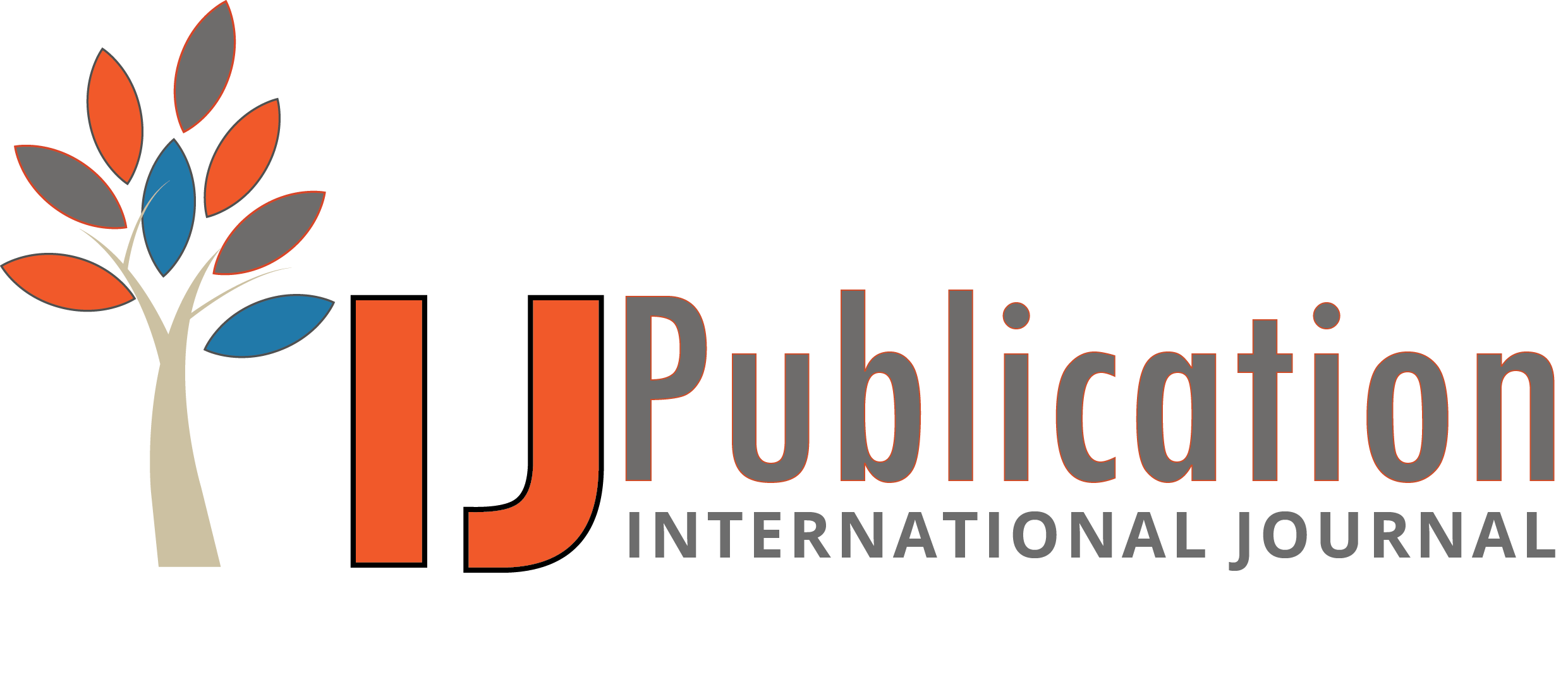Balaji Govindarajan Reviewer
 Approved
Approved
Relevance and Originality
This research work presents a timely comparative study of traditional fuzzy goal programming and chance constrained fuzzy goal programming (CCFGP). Given the increasing complexity in decision-making processes across various domains, the focus on fuzzy and chance constrained models is particularly relevant. The originality of the study lies in its integration of triangular fuzzy numbers with a Gumbel-distributed random variable, which adds a novel layer to existing literature. By addressing the limitations of traditional models, the research contributes significantly to the fields of operations research and decision analysis.
Methodology
The methodology employed in this study is robust, clearly outlining the conversion of chance constrained problems to their deterministic equivalents. The approach of defuzzifying the fuzzy constraints and subsequently determining the bounds of the kth objectives is methodologically sound. However, further clarification on the assumptions made regarding the fuzzy numbers and the distribution of the random variable would enhance the understanding of the model's application. Additionally, a more detailed explanation of the numerical examples used to illustrate the methodology could strengthen the overall presentation.
Validity & Reliability
The validity of the findings is supported by the systematic approach to obtaining the membership function of the fuzzy goals and utilizing weighted sum goal programming for optimization. The numerical illustrations provided serve as practical evidence of the model's effectiveness. However, to ensure reliability, the study should address the limitations inherent in the assumptions, such as the nature of the fuzzy numbers and the specific conditions under which the Gumbel distribution is applied. Discussing potential scenarios where the model may struggle would provide a more comprehensive understanding of its applicability.
Clarity and Structure
The clarity and structure of the research article are commendable, with a logical progression from the introduction to the methodology and results. The use of headings and subheadings effectively organizes the content, allowing for easy navigation. To improve clarity, the inclusion of diagrams or flowcharts that depict the model's framework would enhance reader comprehension, especially for complex concepts like fuzzy constraints and membership functions. Additionally, a summary table comparing key findings would provide a quick reference for readers.
Result Analysis
The result analysis effectively demonstrates the advantages of the CCFGP model over traditional fuzzy goal programming, highlighting its capacity to achieve better satisfaction of decision-makers' goals. The identification of under-achievement in the decision-making target adds a critical dimension to the analysis, indicating the model's practical implications. However, a more in-depth discussion of the significance of the numerical results, including potential trade-offs and sensitivity analyses, would provide greater insight into the model's performance across varying scenarios. Exploring how the findings can be applied in real-world decision-making contexts would further enhance the relevance of the results.












Balaji Govindarajan Reviewer